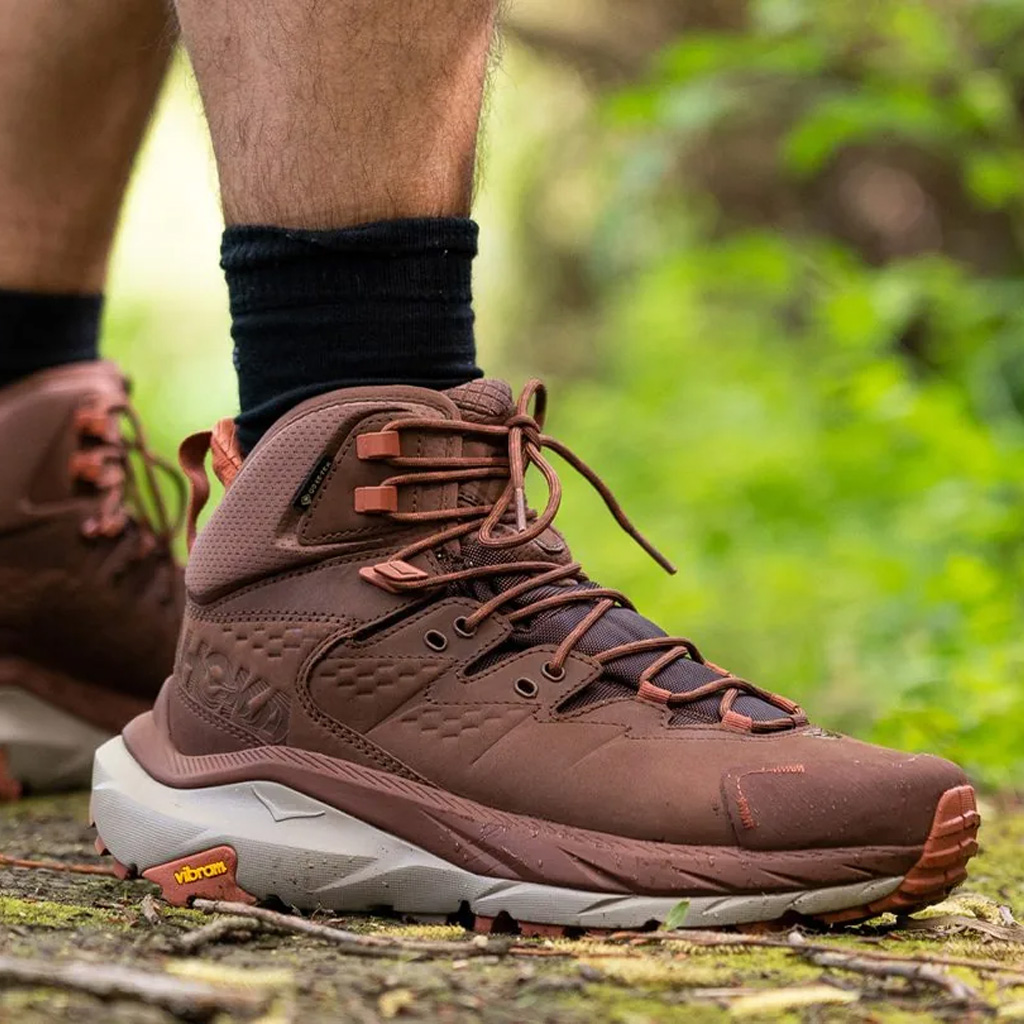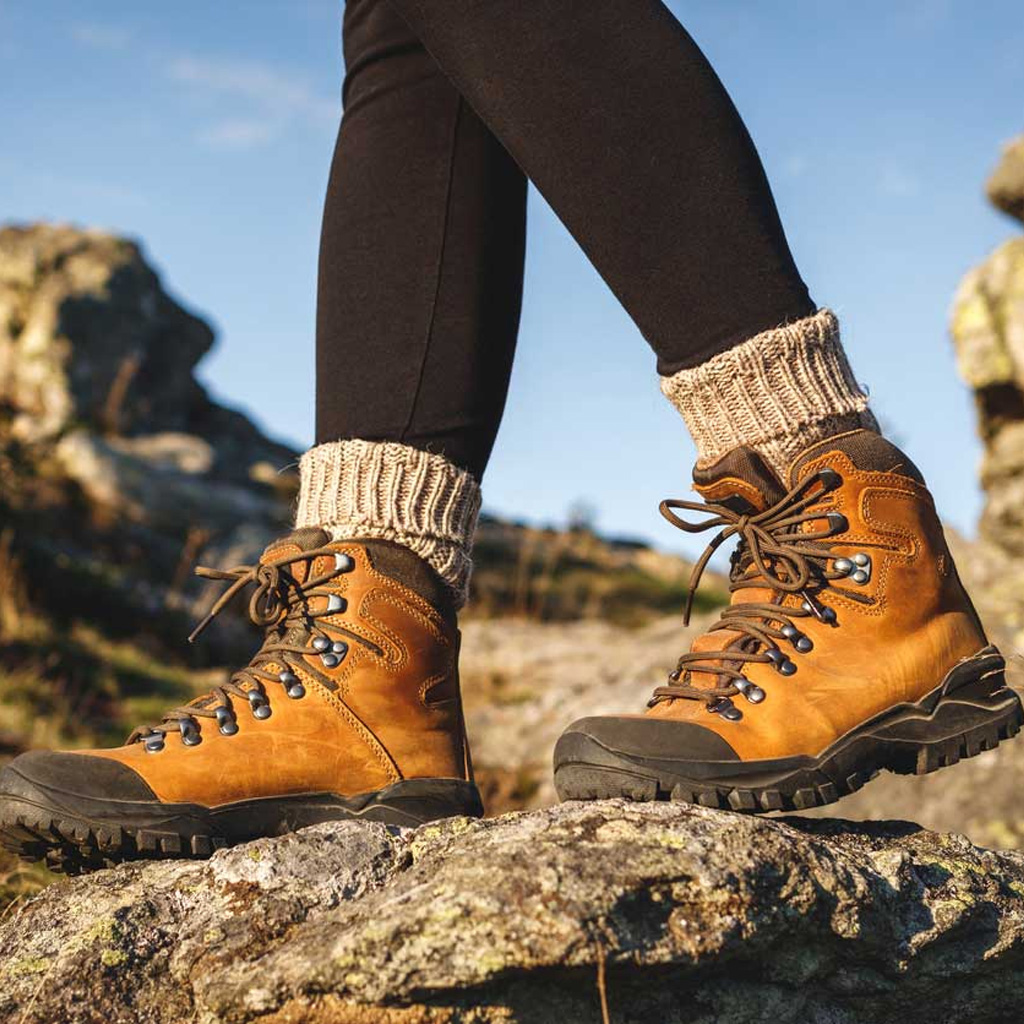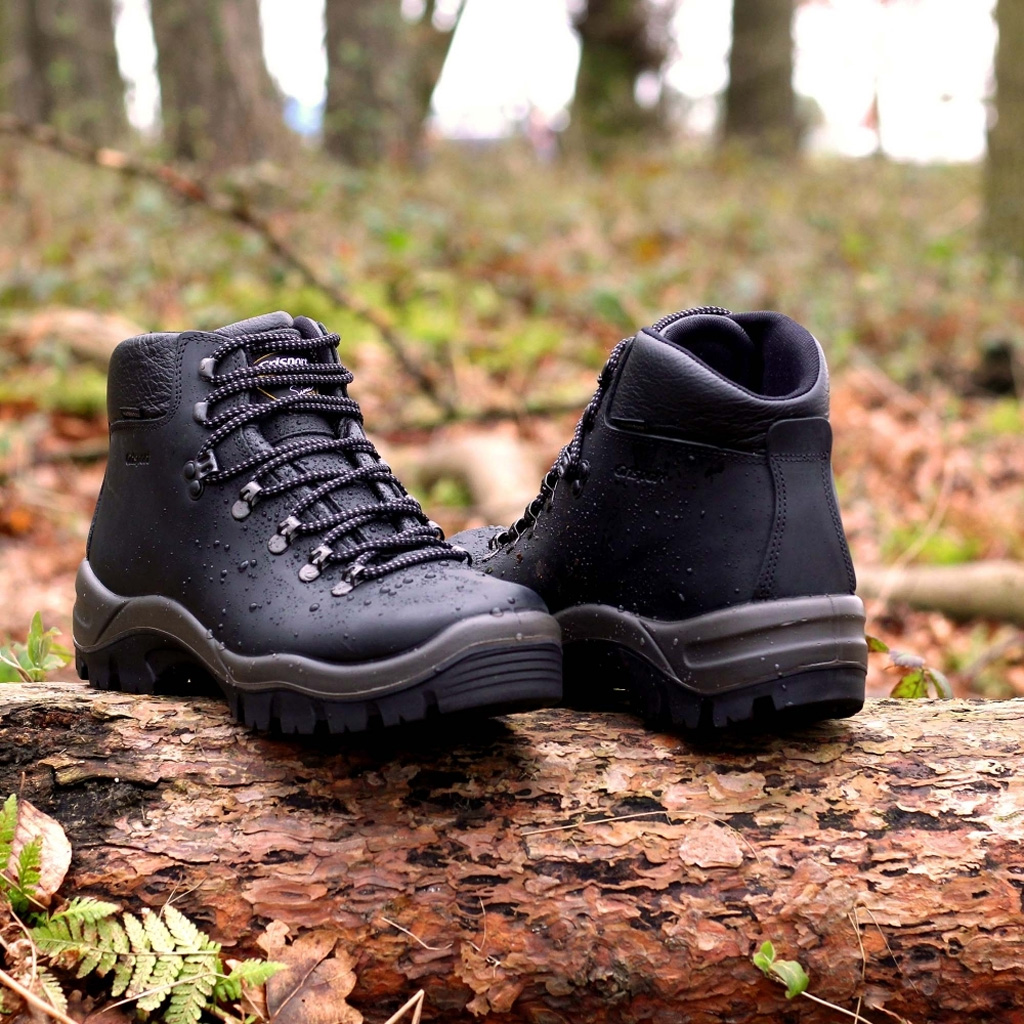Recent Discovery: Covid-19 Has Changed People’s Exercise Habits
How to Get Free Wi-Fi Networks Correctly and Safely?
From Dawn to Dusk, Befriend, Greet and Defeat Legions of Merry Zombies.
Supercell‘s sixth mobile game "Rush Wars" is now in beta
How to Get Free Strawberries in Transformice?
Among Us Was the Most Downloaded Mobile Game Worldwide for December 2020
Have you ever gone on a hike, only to stop early because your shoes hurt? The correct pair of shoes can make all the difference.
When your feet feel great, hiking becomes a joy, and every trail beckons. This guide will help you find the right hiking boots. We'll show you how to choose the perfect pair, making your hikes enjoyable instead of painful.
Assess your hiking requirements.
Before you buy your next pair of hiking shoes, take a moment to consider how you hike. Reflect on the type of hikes you do, the terrain you are typically on, and the weather patterns you usually meet. These factors will help determine which boots are best suited for your use.
Are there well-marked paths that you mostly follow, or do you often tramp over rocky, uneven ground? If you hike along easy paths, then heavy-duty shoes might not be necessary. However, those who go off-trail will need to get boots that give good support and last long.
How often do you hike? If this is not a frequent event in your life or if it is only for a short period of time at once, choose lightweight and affordable boots instead.
However, if hiking is something that one does with some regularity or involves going on long treks, then it makes sense to invest in durable boots made of high-quality materials.
Consider the climate where you hike. Always look out for insulated and waterproof boots if most times when hiking it’s either wet or cold. When venturing into hot and arid areas, choose breathable and quick-drying boots.

Understanding hiking boot categories
When you’re looking for the right hiking footwear, know that it will greatly impact your overall experience. There are three main types of hiking boots that are meant to cater to different needs and styles of hiking.
●Trail Shoes
Trail shoes are light, low-cut, and comfortable. They are great for easy trails. These shoes provide adequate support, and they can be worn on normal day trips or short overnight hikes.
●Midweight hiking boots
Midweight hiking boots offer greater support and durability. They are well-suited for moderate to rough terrain. These boots have higher ankle supports and solid soles. They are more stable and protective.
●Heavyweight hiking boots
Heavyweight hiking boots are designed for long trips and difficult terrains. They provide the highest level of support and durability possible in a boot.
Generally, these boots have full-grain leather uppers and firm soles. Therefore, they are ideal for mountaineering or other heavy-duty activities.
Choose the right material
Your boot’s material is crucial. Its performance, durability, and comfort depend on them.
Most people love full-grain leather. It is long-lasting and water-resistant as well. After wearing it for a long time, it takes your feet shape.
Nubuck and suede leather are used in midweight boots. They strike a balance between durability and flexibility. These materials sit nicely with the foot contours, providing great support. They breathe well, unlike leather, though additional waterproofing may be necessary.
Many shoes are made of synthetic materials like nylon or polyester. They can be light yet breathable, allowing air to pass through easily. They are good for hot weather or rainy seasons and washout more quickly than genuine leather.
Some boots have waterproof membranes, such as Gore-Tex. They ensure that your feet remain dry even in wet conditions. However, breathability may be compromised by these features, making them unsuitable for places with high temperatures.

Measuring Your Feet
Begin by determining your feet’s measurements correctly. As such, try on boots in the evening or after a hike, as feet tend to swell a lot.
Put on the same socks you will be using for hiking to try out boots. This helps ensure an accurate fit and prevents blisters. If you have liner socks, carry them too.
Different brands and models have different fits. Try on many pairs to find one that fits well. Don’t be afraid to go up or down in size, because your right fit may be different from what you are used to.
Your heel should not lift when walking while walking. Additionally, make sure there's enough room in the toe box for your toes to move freely. It makes it easier for people who trek down steep hills, especially during long descents.
Focus on Boot Features
Hiking boots possess features that can make hiking more enjoyable. Here are some of the things you should consider:
●Ankle Support
Tall-cut boots give greater support to the ankles. This is good for you if your ankles are weak or you walk on rough tracks. On the other hand, short-cut boots are more flexible and comfortable during small walks or flat areas.
●Lacing Systems
A great lacing system makes sure your boots fit well. Consider strong eyelets and hooks that help in tightening laces. Learn how to lace up your boots correctly for perfect fitting.
●Cushioning and Support
Select boots with a midsole and an insole with sufficient cushioning. These provide better comfort as well as firmness. In case you carry heavy loads or have high foot arches, go for those with extra support.
●Traction and Grip
The underlining of your footwear should grip different surfaces properly. Boots with deep lugs and tough rubber like Vibram provide good traction even on slippery or uneven ground. The bottom of a boot should be able to hold onto various surfaces.

Break in the boots
Before embarking on your first hike, break in your new boots. This way you will not have to experience any discomfort or blisters. Start by wearing them around the house or during short walks. Then, gradually increase this time and intensity so that it will mold into your feet for a snug fit.
Proper maintenance lengthens their lifespan. Clean them regularly. Reapply waterproofing as necessary. Replace worn-out laces or insoles.
They keep your boots comfortable and supportive.
Finally, hiking boots wear out at some point. If you see signs of sole wearing off, torn uppers, or reduced support, then purchase a new pair, but don’t risk injury due to old ones.
Consider other alternatives, like hiking sandals. Under specific circumstances or preferences, they may be suitable at times.
Find what works best for you, but above all else, trust yourself when selecting shoes like these. Being comfortable should be prioritized; when the shoe fits perfectly, you would enjoy every step of mountain climbing and the beauty of nature surrounding it entirely.

Paved Paradise or Gravel Playground? Your Guide to the Wild World of Cycling Routes

Wildlife Watching: Where to Find America's Most Iconic Animals

Popular River Travel Destinations Around the World

Is Your Bike Talking Trash? Translate Bicycle Trouble with These Easy Fixes